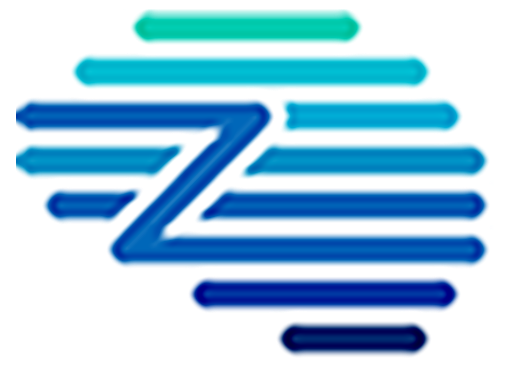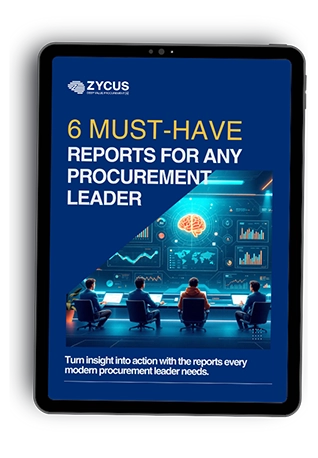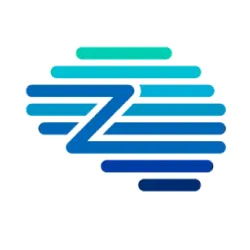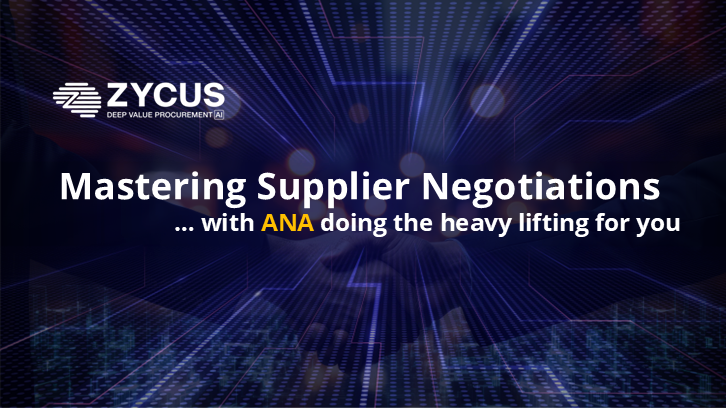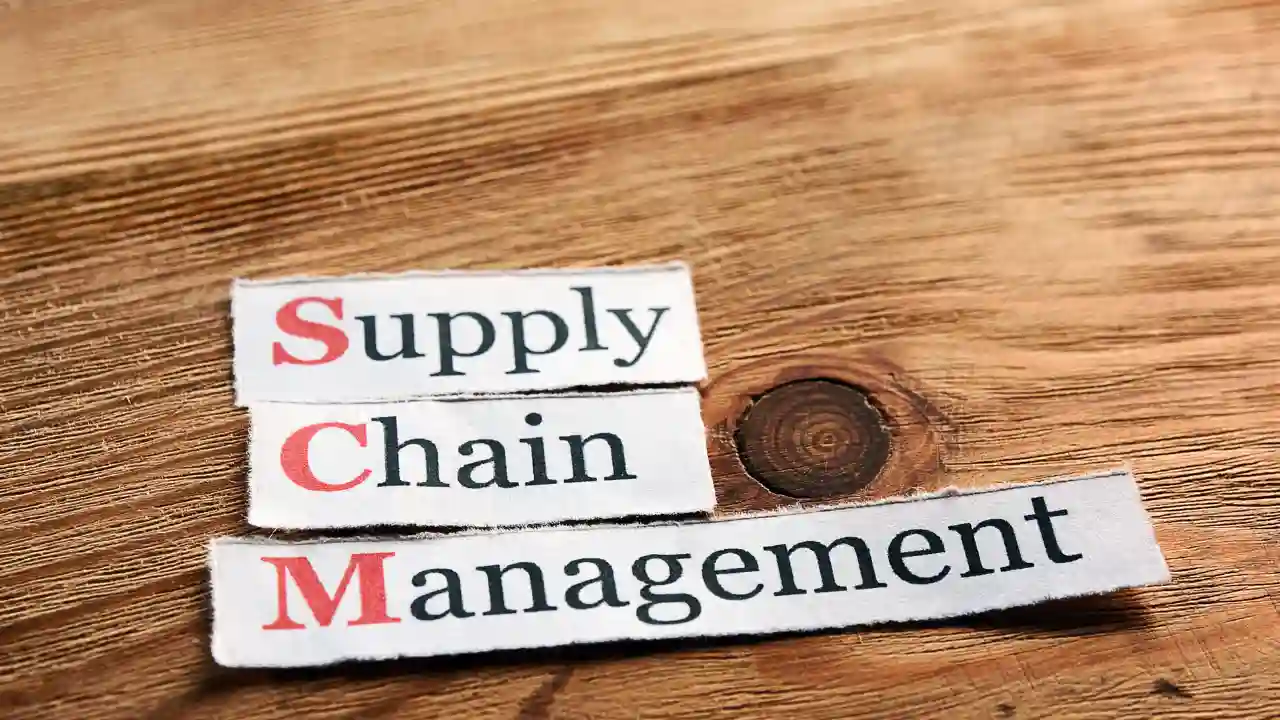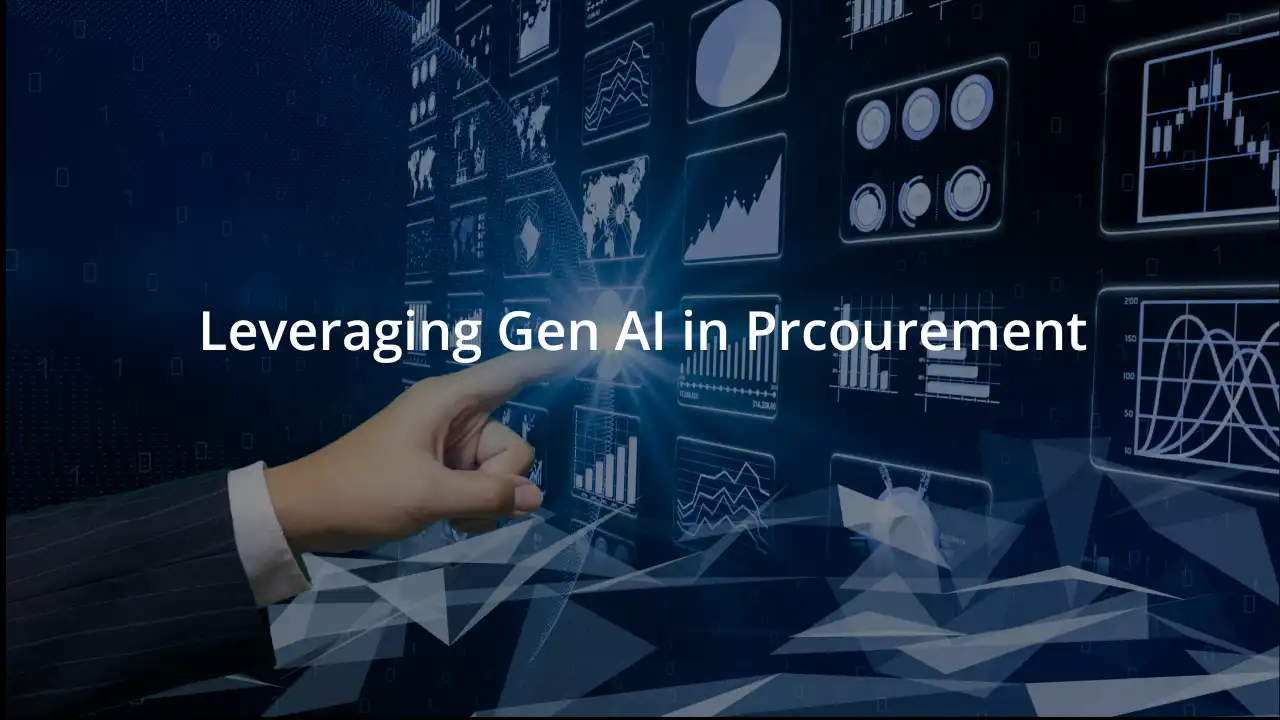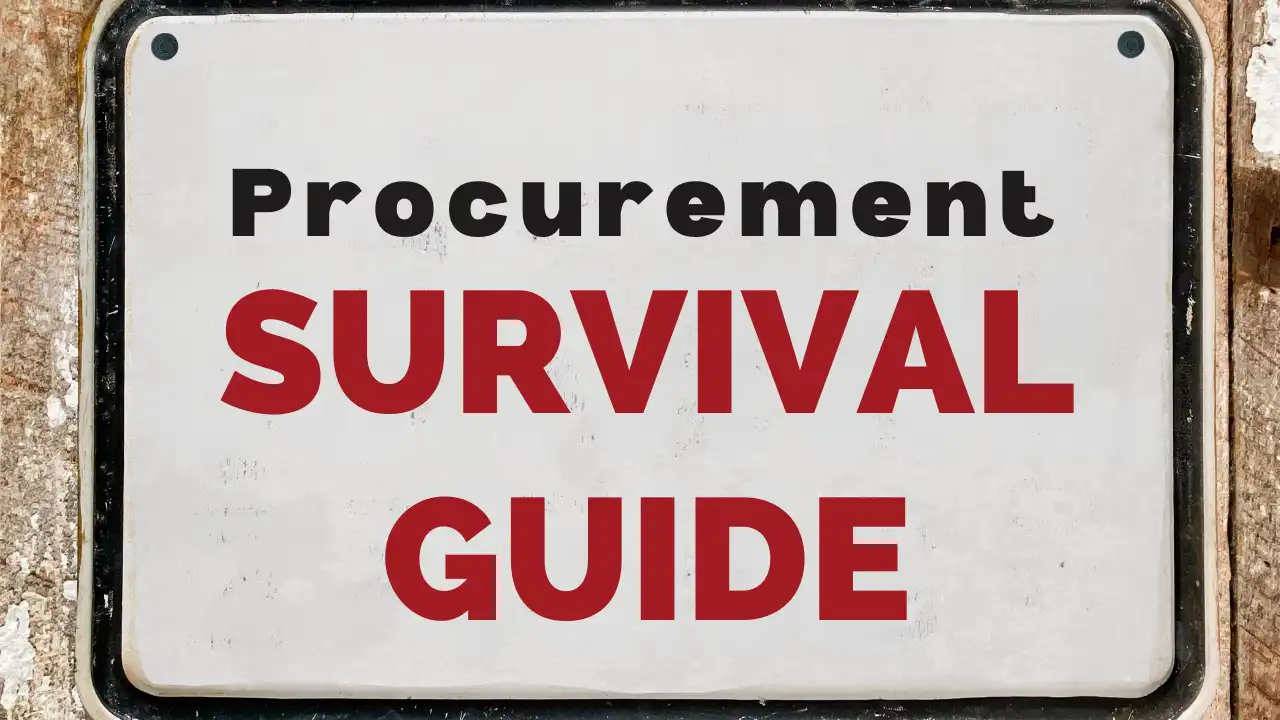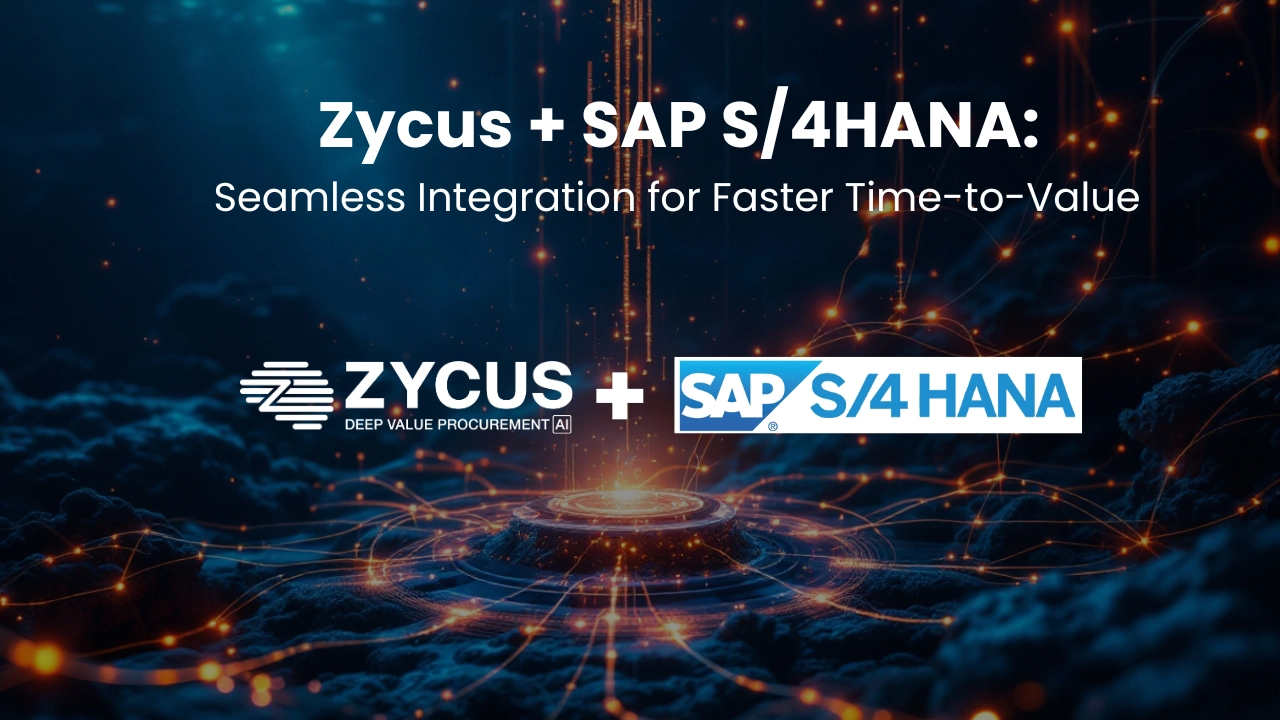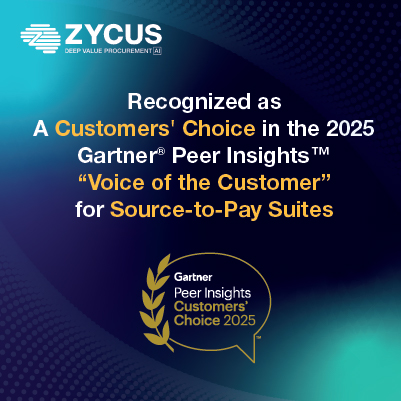Procurement has evolved from a tactical back-office function to a strategic business driver. Once viewed only as a cost-control activity, procurement management today plays a critical role in innovation, risk management, compliance, and sustainable growth.
For businesses operating in fast-changing markets—whether in India, Asia-Pacific, Europe, or North America—procurement management is no longer optional; it is essential. Companies need structured systems that can streamline purchasing, build resilient supplier networks, and enable smarter decision-making.
This guide will walk you through everything you need to know about procurement management: its definition, processes, benefits, challenges, best practices, and future trends.
TL;DR
- Procurement management covers the full Source-to-Pay (S2P) lifecycle: planning, sourcing, contracting, purchasing, invoicing, and supplier management.
- It is critical for cost savings, efficiency, compliance, risk reduction, supplier collaboration, and sustainability.
- Common challenges include manual processes, fragmented systems, poor spend visibility, and compliance risks.
- Best practices: standardize policies, embrace digital tools, build supplier relationships, use analytics, and align procurement with business goals.
- The future of procurement is being shaped by AI, automation, cognitive procurement, blockchain, and sustainability.
- For organizations seeking a proven solution, Zycus’ Merlin Agentic AI platform delivers end-to-end Source-to-Pay transformation with automation, intelligence, and measurable ROI.
What is Procurement Management?
Procurement management is the systematic approach to acquiring goods and services an organization needs to operate. It involves planning, selecting suppliers, negotiating, ordering, and ensuring that all transactions comply with policies and deliver value to the business.
The scope of procurement management covers the entire Source-to-Pay (S2P) lifecycle, which includes:
- Procurement Planning: Identifying what to buy, when to buy, and how much to buy.
- Supplier Identification & Sourcing: Searching for suppliers, issuing RFPs/RFQs, and evaluating responses.
- Contracting: Creating, negotiating, and managing contracts that define supplier relationships.
- Purchasing: Raising requisitions, issuing purchase orders (POs), and confirming deliveries.
- Invoice & Payment Management: Receiving invoices, validating against POs and contracts, and processing payments.
- Supplier Relationship Management (SRM): Monitoring performance, compliance, and risk to ensure long-term partnerships.
Download Research Report on Procurement Performance Management
Why Procurement Management Matters
Strong procurement management delivers measurable business value. Here are some of the top reasons why organizations invest in structured procurement practices:
- Cost Savings: Procurement directly influences profitability. By negotiating better contracts, analyzing spending patterns, and consolidating suppliers, organizations can achieve 15–20% cost reductions.
- Efficiency and Speed: Automated procurement workflows shorten cycle times, reduce manual errors, and accelerate approvals—making businesses more agile.
- Risk Mitigation: Supplier bankruptcies, compliance violations, or delays can disrupt operations. Procurement management ensures continuous monitoring and proactive risk mitigation.
- Compliance and Governance: Procurement policies must align with industry regulations and internal governance standards. Proper management ensures adherence and reduces audit risks.
- Strategic Supplier Partnerships: Rather than one-off transactions, procurement focuses on building long-term supplier relationships that foster innovation and resilience.
- Sustainability: Many businesses now require suppliers to meet environmental and social responsibility standards, making procurement critical to ESG goals.
Key Challenges in Procurement Management
Despite its importance, organizations often struggle with:
- Fragmented Processes: Multiple systems and departments working in silos.
- Poor Spend Visibility: Limited access to real-time data on purchasing patterns.
- Supplier Risks: Over-reliance on a few suppliers or lack of risk monitoring.
- Compliance Gaps: Inconsistent adherence to procurement policies.
- Manual Workloads: Excessive paperwork and slow approval cycles.
- Resistance to Change: Difficulty in driving adoption of new technologies and practices.
Best Practices for Effective Procurement Management
To overcome these challenges, organizations can implement the following best practices:
1. Standardize Procurement Policies
Create clear policies for supplier selection, approvals, and compliance that everyone in the organization can follow.
2. Embrace Digital Transformation
Move away from spreadsheets and manual approvals. Use digital tools to automate workflows and centralize procurement data.
3. Focus on Supplier Relationship Management
Develop collaborative partnerships, evaluate supplier performance regularly, and build multi-sourcing strategies to reduce risk.
4. Leverage Data & Analytics
Real-time spend analytics can highlight cost-saving opportunities, improve forecasting, and support informed decision-making.
5. Align Procurement with Business Strategy
Procurement goals should support broader organizational objectives, from cost optimization to innovation and sustainability.
6. Train & Upskill Teams
Equip procurement professionals with the skills to negotiate, analyze data, and use modern procurement tools effectively.
Download Report on Managing Procurement Risks with the Right Mix of Processes and Technology
The Future of Procurement Management
- Procurement is rapidly moving beyond traditional processes, with technology and intelligence driving the next wave of transformation. Emerging trends include:
- Artificial Intelligence (AI): Automating repetitive tasks, predicting supplier risks, and enabling autonomous negotiations.
- Machine Learning & Analytics: Unlocking insights from procurement data to drive smarter strategies.
- Cloud-Based Procurement: Scalable platforms that integrate sourcing, contracting, and invoicing across geographies.
- Cognitive Procurement: Systems that “understand” requests and provide recommendations for smarter buying.
- Blockchain: Enhancing transparency and trust in supply chains.
- Sustainable Procurement: Prioritizing eco-friendly and socially responsible sourcing.
Forward-looking organizations are already adopting these technologies to stay competitive, reduce risks, and achieve sustainable growth.
Customer Success Stories: Real-World Procurement Transformation
Here are compelling real-world examples of how organizations across industries have used modern procurement management (and Zycus solutions) to drive efficiency, savings, and strategic impact:
1. Retail Giant Streamlines Procurement
A leading U.S. department store faced legacy systems and outdated processes that slowed down operations. By deploying digital procurement workflows, they achieved a 40% reduction in contract cycle time and a 35% faster request-to-fulfillment cycle—delivering both speed and compliance benefits.
2. Premier Business Solutions Provider Automates End-to-End P2P
A top-tier business solutions company streamlined its entire Procure‑to‑Pay process using advanced AI bots powered by Zycus. The result? Complete automation of workflow, enhanced visibility into KPIs and spend data, and operational agility aligned to business goals.
Zycus Inc
3. Frontier Communications Unlocks Efficiency
Frontier Communications, a major U.S. telecom provider, transformed its procurement operations with Zycus’ Merlin Agentic Platform. The company achieved significant process optimization, modernized workflows, and improved efficiency in sourcing and purchasing
Conclusion: Why Zycus is the Partner of Choice
While the principles of procurement management remain universal, the tools and technologies used to manage procurement make all the difference. Organizations need platforms that combine automation, intelligence, and flexibility to handle today’s procurement complexities.
This is where Zycus excels.
With over two decades of innovation, Zycus has established itself as a global leader in Source-to-Pay (S2P) solutions. Its Merlin Agentic AI platform introduces intelligent, autonomous agents that transform procurement into a truly strategic function. From strategic sourcing and contract management to procure-to-pay automation and supplier management, Zycus empowers enterprises to achieve:
- Faster procurement cycles with AI-powered automation.
- Greater cost savings through smarter sourcing and negotiations.
- Enhanced compliance and supplier risk management.
- Higher user adoption via intuitive, conversational procurement intake.
By partnering with Zycus, organizations don’t just manage procurement—they reimagine it for the future.
Ready to transform your procurement journey? Explore Zycus’ AI-powered Source-to-Pay solutions and request a demo today.
FAQs
Q1. What is procurement management?
Procurement management is the structured process of acquiring goods and services for an organization. It covers the full Source-to-Pay (S2P) cycle, including planning, sourcing, contracting, purchasing, invoicing, and supplier management.
Q2. Why is procurement management important?
Procurement management ensures that businesses get the best value from suppliers, control costs, reduce risks, maintain compliance, and build strategic supplier relationships. It directly impacts profitability and operational efficiency.
Q3. What are the key steps in procurement management?
The main steps include:
- Procurement planning
- Supplier identification and sourcing
- Contract creation and management
- Purchase requisition and order processing
- Invoice verification and payment
- Supplier performance evaluation
Q4. What are the biggest challenges in procurement?
Common challenges include manual processes, fragmented data, poor spend visibility, compliance risks, supplier disruptions, and resistance to digital adoption.
Q5. How can technology improve procurement management?
Modern procurement tools and platforms use automation, artificial intelligence, and analytics to streamline processes, speed up approvals, enhance compliance, and provide real-time spend visibility for smarter decision-making.
Q6. What is the difference between procurement and purchasing?
- Procurement is a strategic process that includes sourcing, contracting, supplier management, and risk assessment.
- Purchasing is more transactional, focusing on issuing purchase orders and payments. Procurement is the broader concept that includes purchasing. Read more
Q7. How does AI impact procurement management?
AI enables autonomous negotiations, predictive insights, intelligent contract analysis, and automated invoice processing. It reduces manual workloads and helps procurement teams focus on strategy and innovation.
Q8. What are some best practices in procurement management?
- Standardize procurement policies
- Leverage digital tools and automation
- Build strong supplier relationships
- Use analytics for spend optimization
- Align procurement with sustainability and business goals
Q9. Is procurement management different in emerging markets like India?
Yes. Emerging markets face unique challenges such as diverse supplier bases, regional compliance rules, and multi-currency operations. Procurement systems must be flexible and adaptive to local business conditions.
Q10. Which solution is best for procurement management?
The best solution is one that integrates the entire Source-to-Pay process while being scalable and AI-driven. Zycus is a global leader in this space, offering its Merlin Agentic AI-powered platform to help enterprises automate, optimize, and transform procurement into a strategic growth driver.
Related Reads:
- Procurement Process: 7 Steps for Optimal Efficiency and Cost Savings
- Whitepaper: The Why, What And How of the supplier management in procurement
- 10 Best Practices for Procurement Manager in 2025 and Beyond
- Procurement Workflow Management Guide 2025 & Beyond: Benefits & Challenges
- Mastering Services Procurement: A Comprehensive Guide
- 10 Key Elements of a High-Performing Direct Procurement Strategy

